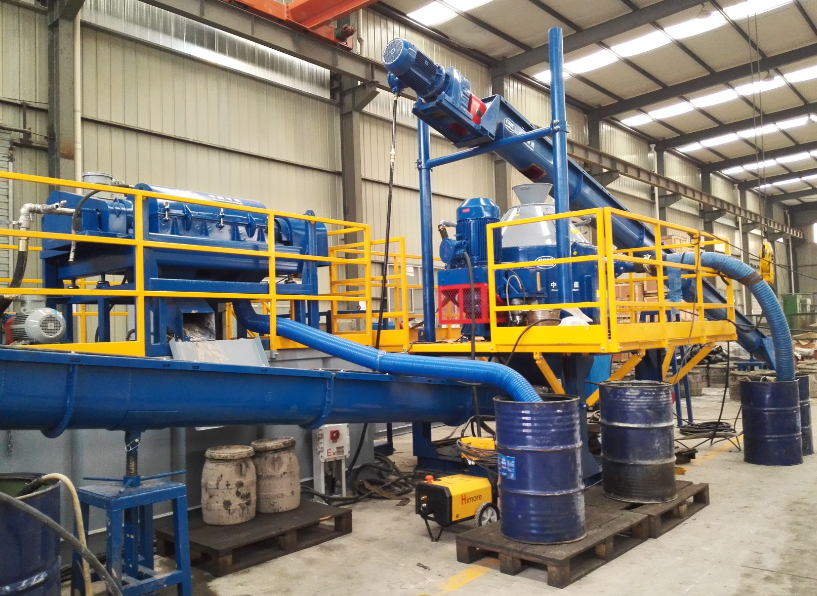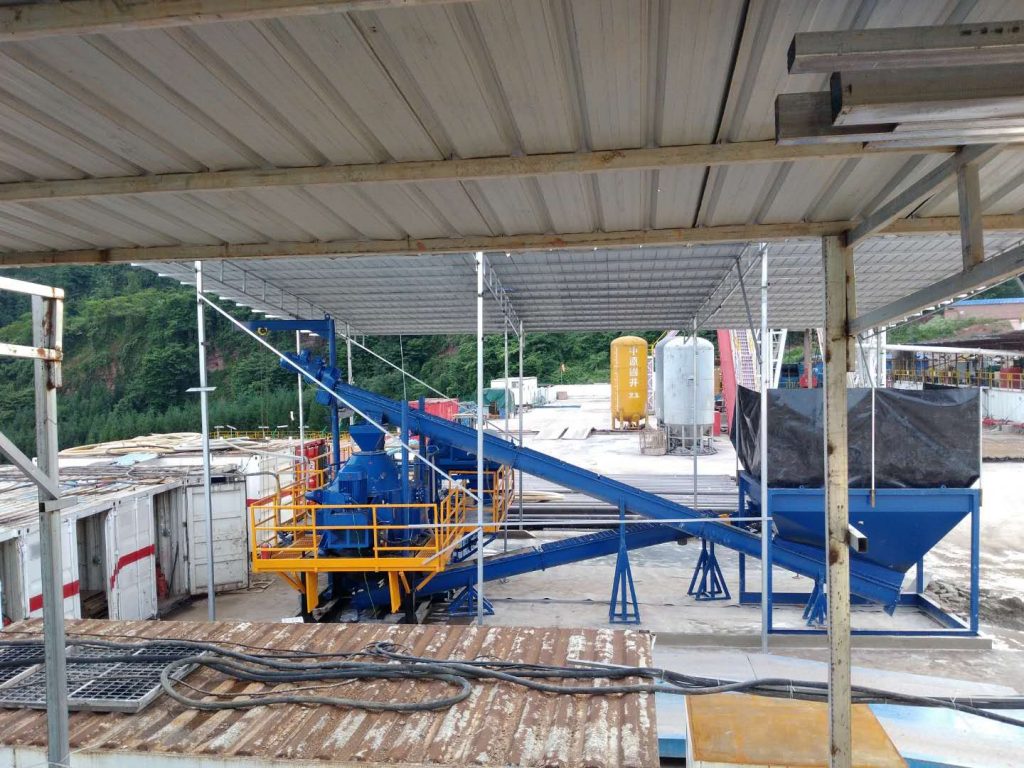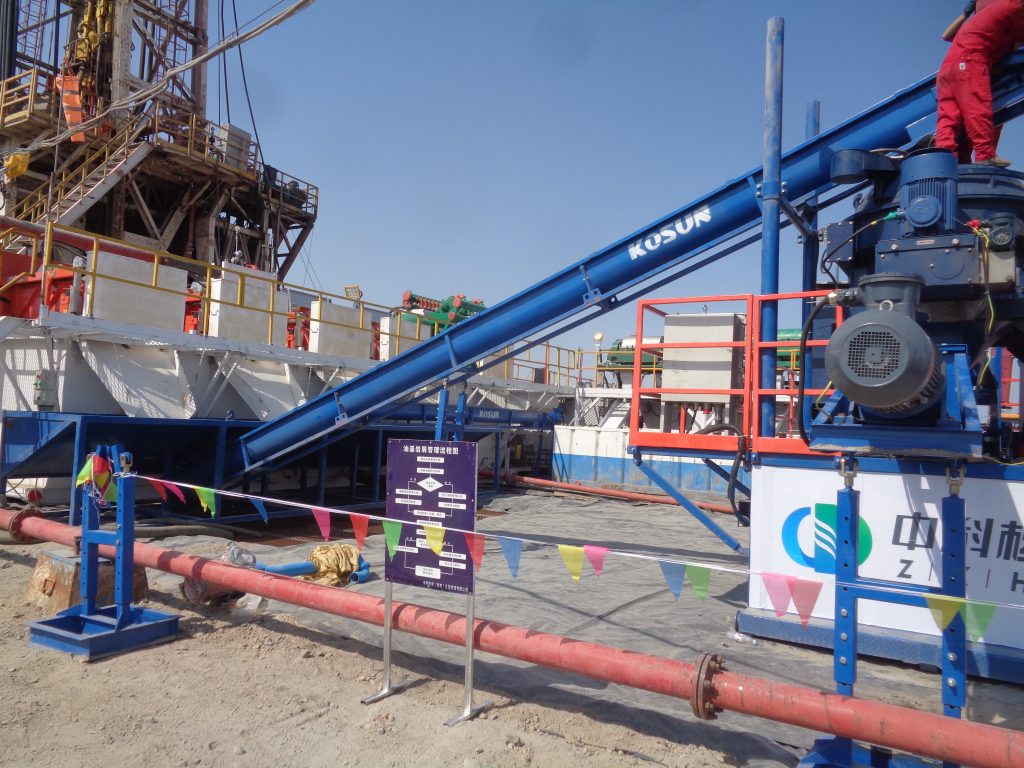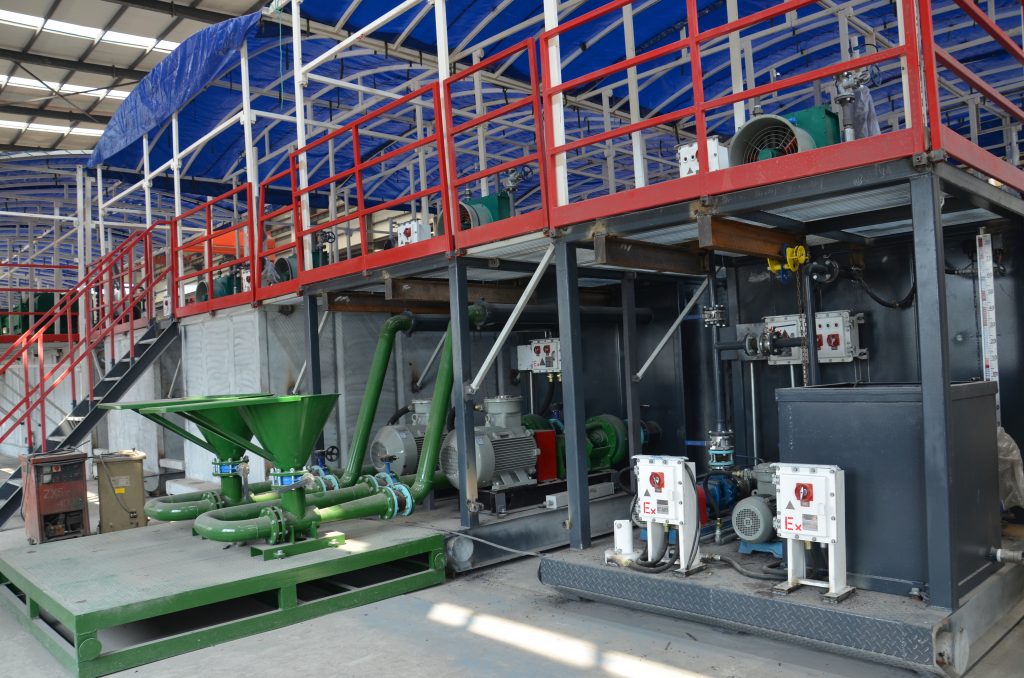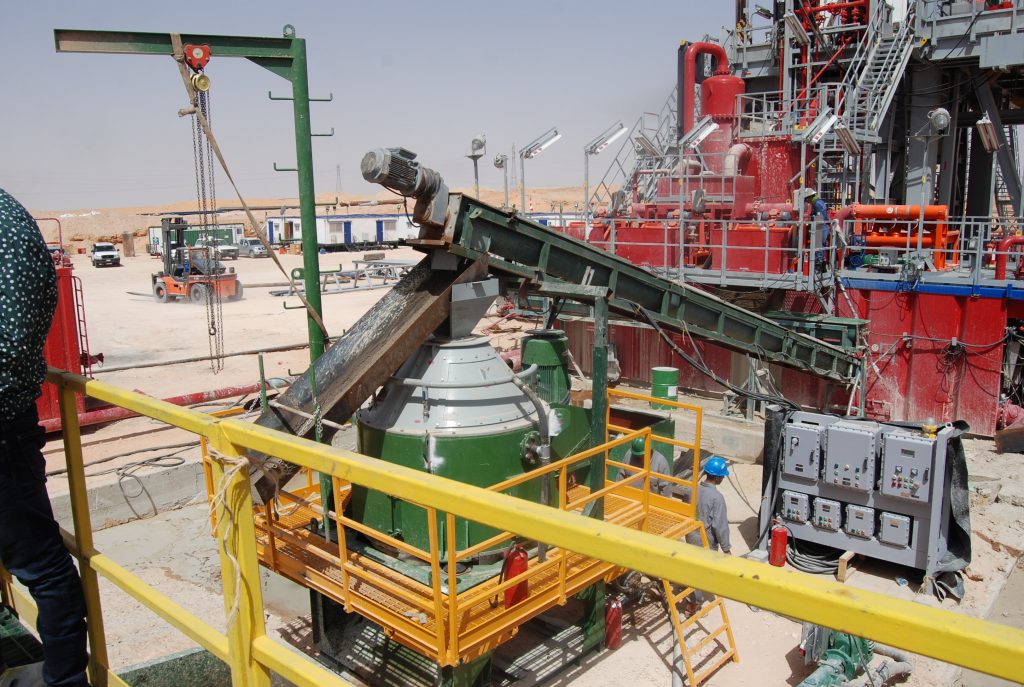A brief introduction to the concept of oil-based mud
Oil-based mud, as the name suggests, is a drilling mud with oil as the main component. In oilfield drilling operations, oil-based mud is widely used because of its excellent lubricity, sand-carrying ability, and well-wall protection. However, as drilling operations proceed, oil-based mud mixes with cuttings and various chemical additives to form complex mud systems.
Second, the importance of the treatment of oil-based mud
The improper disposal of oil-based mud will cause serious pollution to the environment. Therefore, how to effectively deal with oil-based mud and realize non-landing treatment has become an important environmental protection measure in oilfield drilling operations.
Third, oil-based mud treatment scheme and equipment
For the treatment of oil-based mud, solid-liquid separation technology is mainly adopted. This requires the use of specific processing equipment and systems. One of the key equipment is the large capacity continuous feed unit, which can handle up to 40-60 tons per hour and can efficiently handle large quantities of oil-based mud.
Fourth, Kosun oil-based mud non-landing system features and advantages
Kosun oil-based mud non-landing system adopts advanced solid-liquid separation technology, with the following features and advantages:
- Large capacity continuous feeding: The system has a large capacity continuous feeding device, which can efficiently deal with oil-based mud produced by oilfield drilling.
- Efficient solid-liquid separation: Through efficient solid-liquid separation technology, the liquid content of drilling cuttings is minimized, and the solid phase oil content after treatment is less than 5%, so as to achieve effective oil-water separation and recover a large number of reusable drilling fluids.
- Integrated control and monitoring: The system adopts PLC integrated control, with an automatic alarm indicator, which can monitor temperature, torque, oil, and running time in real-time, easy to operate, safe, and reliable.
- Convenient maintenance and transportation: The Kosun oil-based mud non-landing system is designed with a collapsible guardrail and walkway, which is convenient for operators to perform routine maintenance disassembly, and transportation.
- Environmental protection and economic benefits
The application of the Kosun oil-based mud non-landing system, not only realizes the efficient treatment of oil-based mud and solid-liquid separation, effectively protects the environment, but also recovers a large number of reusable drilling fluids, reducing drilling costs. At the same time, the automatic control and safe and reliable monitoring function of the system also improve the operation efficiency and safety.
Summary: Oil-based mud treatment in oilfield drilling is an important environmental protection project. With its characteristics and advantages of large capacity continuous feeding, efficient solid-liquid separation, integrated control and monitoring, and convenient maintenance and transportation, the Kosun oil-based mud non-landing system provides an efficient, safe, and environmentally friendly oil-based mud treatment solution for oilfield drilling operations.


